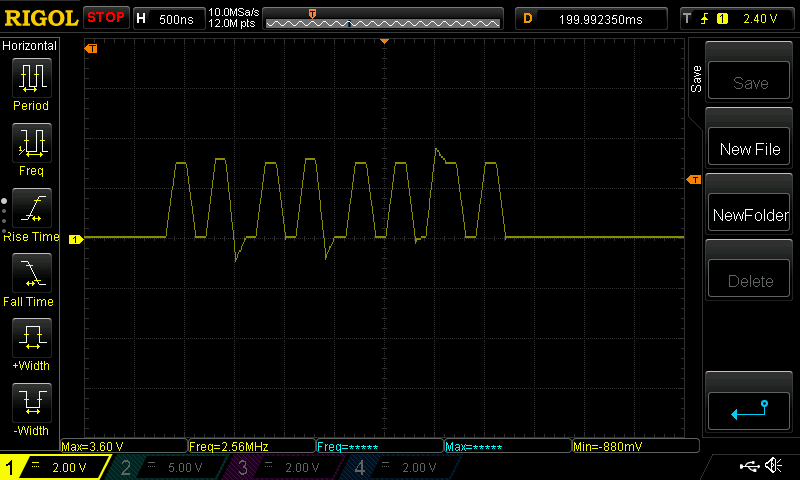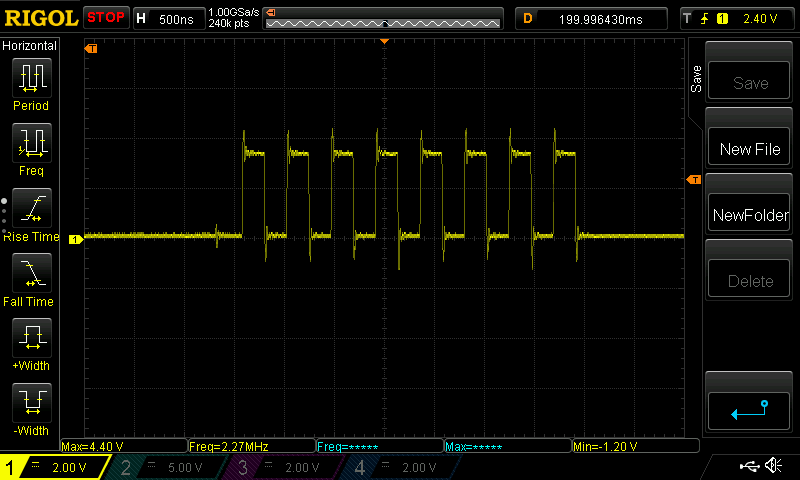I kept getting values that were way too low when feeding an ADC on the STM32 Blue Pill 3.3V. I should have been getting values that were around 4000 and instead I was closer to 800.
Solution
1) The default ADC in the Arduino library is set to 10-bit resolution. This is what you normally get with analogRead(). To change it, put this in your setup(). Read more about it here: https://www.arduino.cc/reference/en/language/functions/zero-due-mkr-family/analogreadresolution/
analogReadResolution(12);Notes
— This would have been a much easier problem to solve if i had been getting values of around 1000. It turns out that my ADC pin wasn’t getting exactly 3.3V. There was a voltage drop in my system – I’ve got a huge mess currently hooked to the Blue Pill – that knocked it down to around 3V. Normally, calculating bit resolution in decimal is 2^x – 1. So 2^10 – 1 = 1023.
— PlatformIO had nothing to do with the error. I’m new to PlatformIO and never know if my issues are due to the STM32’s specific needs, the Arduino library, or some kind of PlatformIO specific issue. It seems that as long as the hardware is setup correctly and
#include <Arduino.h>
is at the top of the program/sketch/whatever, PlatformIO has no ill effects. The problems I have had aren’t the fault of PlatformIO but from adapting libraries intended for AVR to STM32F1.



